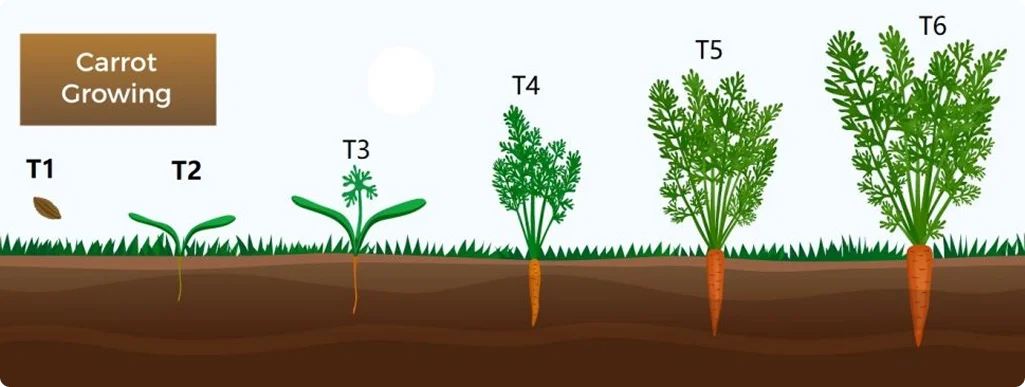
Advanced machine learning models analyze microbial communities to optimize soil health and crop yield.

A robust database maps microbial diversity, providing taxonomic classification for informed soil management.

Identify critical parameters with fewer soil samples, reducing analysis costs.

AI forecasts soil conditions and microbial activity, allowing proactive soil amendments.

Non-invasive sampling ensures seamless integration with farming workflows.

Data-driven insights optimize resource use, reducing unnecessary fertilizer and pesticide applications.


Gain precise insights into your soil’s biological and physical properties to implement targeted interventions. Allocate resources efficiently—spending where it matters and saving where it doesn’t.

dentify nutrient deficiencies, pest risks, and disease pressures early to take proactive measures, fostering healthier crops and higher yields.

Reduce unnecessary fertilizer and pesticide applications through precision nutrient management, cutting costs while optimizing results.

Improve long-term soil vitality by addressing compaction and promoting beneficial microbes, supporting sustainable farming and resilience against environmental stress.

Use soil insights to make informed, strategic decisions. Minimize guesswork and adapt management practices as conditions evolve throughout the growing season.
©2025 FarmXseed DNA Soil Analaysis.
WhatsApp us